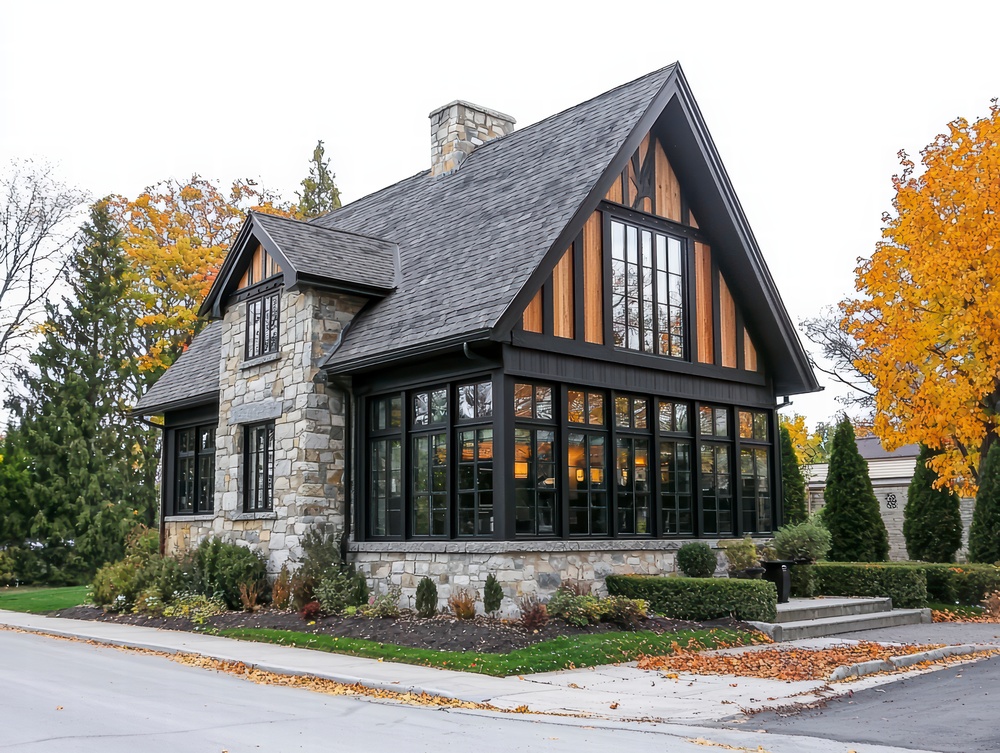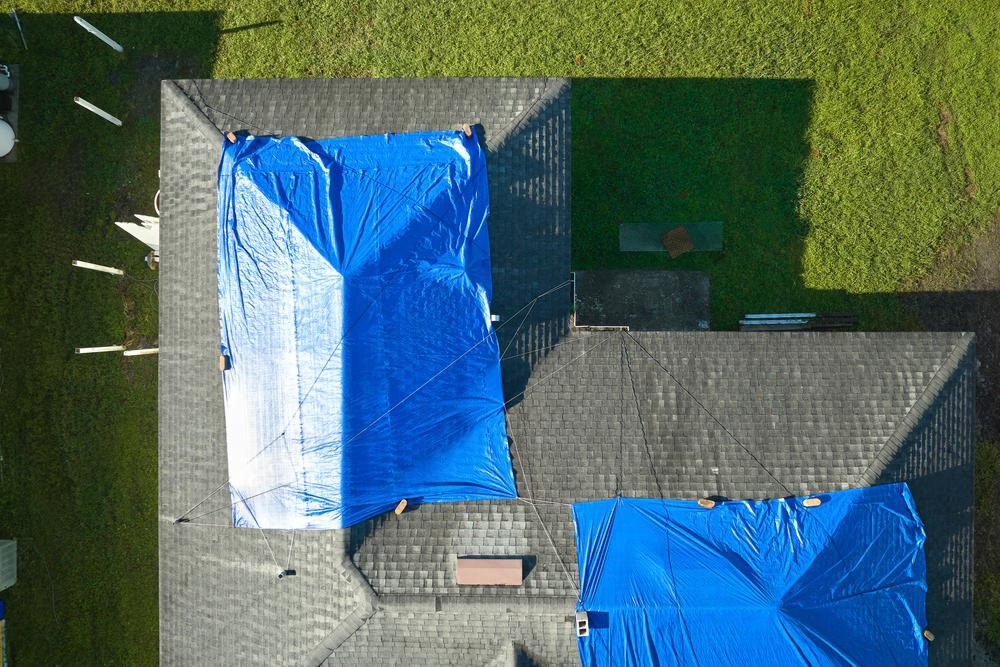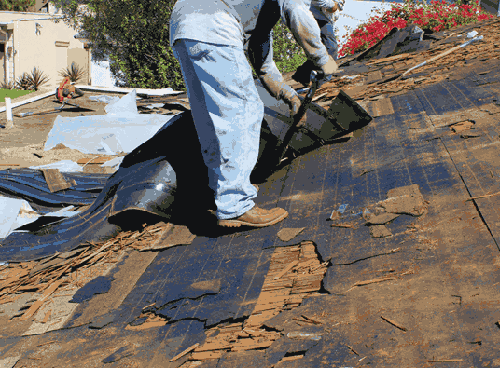A gable roof is one of the most recognizable and popular roofing styles across Minnesota—and for good reason. The gable roof is defined by its classic triangular shape and has been historically popular in cold climates, especially in regions like New England and the east coast of Canada.
With its reliable structure, it’s a smart choice for homes in Minneapolis, St. Paul, and surrounding areas that experience snow, ice, rain, and seasonal wind, much like its widespread use in other cold climates such as New England and the east coast.
Key Takeaways
- A gable roof has two sloped sides that meet at a ridge, forming a triangle.
- Gable roofs are cost-effective, ventilate well, and enhance curb appeal.
- Gable roof advantages include cost-effectiveness, superior ventilation options (such as gable vents), increased attic space, and versatile aesthetics for decorative purposes.
- Ideal for a range of home styles, from modern to historic.
- Krech Exteriors offers full-service gable roof installation and replacement with a lifetime workmanship warranty.
What Is a Gable Roof?
A gable roof features two sloping sides that meet at a peak (or ridge), creating a triangular shape on the home’s front and back. This roof style is formed where two roof planes meet at the ridge, resulting in the classic gable appearance. The vertical walls underneath the triangle are called gables.
This style dates back centuries and remains a go-to design for residential construction across the U.S.—especially in climates like Minnesota’s that demand efficient water and snow shedding.
Common Gable Roof Styles
Gable roofs come in several subtypes, each offering different visual and structural benefits:
- Front Gable: The triangle faces the street, common in colonial and Cape Cod homes.
- Side Gable: The peak runs parallel to the street; simple and symmetrical.
- Cross Gable: Two or more gable sections intersect, often forming complex layouts.
- Dutch Gable: A hybrid that adds a small gable atop a hip roof for added attic space. Hip roofs are designed with all sides sloping downwards to the walls.
Each design is compatible with a variety of roofing materials, including asphalt shingles, metal roofing, or designer options like architectural shingles—roofing materials we regularly install across the Minneapolis–St. Paul metro.
How Gable Roofs Perform in Minnesota Weather
In the Twin Cities, where homes face freeze-thaw cycles, hail, snowdrifts, and heavy rainfall, the steep pitch of a gable roof helps water and snow slide off efficiently. This design helps protect your home from harsh elements and contributes to the overall durability of the structure, especially during extreme weather and severe weather conditions.
Why Homeowners in the Twin Cities Choose Gable Roofs
Gable roofs aren’t just visually classic—they’re one of the most cost-efficient and weather-ready roof styles in Minnesota. Here’s why:
- Affordability: Less complex framing means quicker installation, which helps reduce overall roofing costs for the homeowner. Gable roofs can make it easier to manage expenses when replacing or installing a new roof.
- Versatility: Matches with James Hardie siding and many architectural styles.
- Ventilation: Naturally encourages airflow for healthier attics, especially when gable vents are installed to further improve attic ventilation and prevent moisture buildup.
- Curb Appeal: Their clean lines and symmetry complement modern and traditional homes alike.
Choosing the right roof, such as a gable roof, can improve energy efficiency and provide a durable solution for the homeowner, especially when using high-quality materials.
Many homeowners in areas like Woodbury, Eagan, and Bloomington appreciate how gable roofs look and perform, especially when installed with Owens Corning or GAF materials.
Here’s how a gable roof helps your home stand strong year-round:
- Winter: Reduces snow accumulation and ice dams.
- Spring: Helps manage runoff from rain and melting snow.
- Summer: Allows for easy attic ventilation and less heat buildup.
- Fall: Sheds leaves and debris more effectively than flat or low-slope designs.
Gable roofs also make it easier to incorporate attic vents and insulation—both critical in neighborhoods like Highland Park or Lakeville where insulation challenges are common.
Gable Roof Maintenance Tips
Gable roofs are relatively low-maintenance, but Twin Cities weather still demands seasonal care. Here’s what we recommend:
- Inspect after storms: Schedule a professional inspection to check for storm damage and assess the condition of roof decking, underlayment, and old shingles. Look for shingle loss, especially after hail or wind events, and determine if any sections need to be repaired or replaced.
- Keep gutters clear: Prevent overflow that can affect the gable ends.
- Watch for ice dams: Especially on north-facing slopes during deep winter.
Timely repair or roof repair of damaged areas, such as replacing or having replaced damaged shingles with new shingles, can prevent the need for a full replacement and help maintain roof integrity. Our roofing inspections and storm restoration services help catch minor issues before they become costly repairs or require you to replace the entire roof.
Thinking About a Roof Upgrade? Let’s Talk Gables
If your home needs a new roof and you want a cost-effective, stylish, and weather-resilient solution, a gable roof may be the right fit. Our team at Krech Exteriors consists of professional roofers and experienced roofing contractors who can walk you through your options, from materials to colors to ventilation.
As a reputable roofing company, we have served Twin Cities homeowners for over 35 years with expert craftsmanship and lifetime workmanship warranties on every roof we install. For the best results, consider scheduling your roof installation in late spring or during the summer months, especially in temperate climates, when weather conditions are most favorable.
Ready to get started? Request a free estimate today and find the perfect roofing solution for your home.
FAQs About Gable Roofs
Q: Is a gable roof better than a hip roof for snow?
A: Yes—gable roofs typically shed snow more easily because of their steeper slopes.
Q: Can gable roofs be customized for attic space?
A: Absolutely. Cross gables and Dutch gables offer expanded space and ventilation. When customizing, it’s important to use proper shingling techniques around the eave, eaves, and wall to ensure weatherproofing and protect the attic from moisture.
Q: What materials work best for gable roofs in Minnesota?
A: Architectural shingles, metal panels, and impact-resistant asphalt shingles are ideal. Three tab asphalt shingles are also a popular, affordable option, offering a uniform appearance and practical protection.
Q: How long does a gable roof last?
A: With proper installation and maintenance, most gable roofs last 20–30 years or more.
Q: Do gable roofs add to home value?
A: Yes—they often boost curb appeal and offer practical ventilation and drainage benefits that buyers love.





